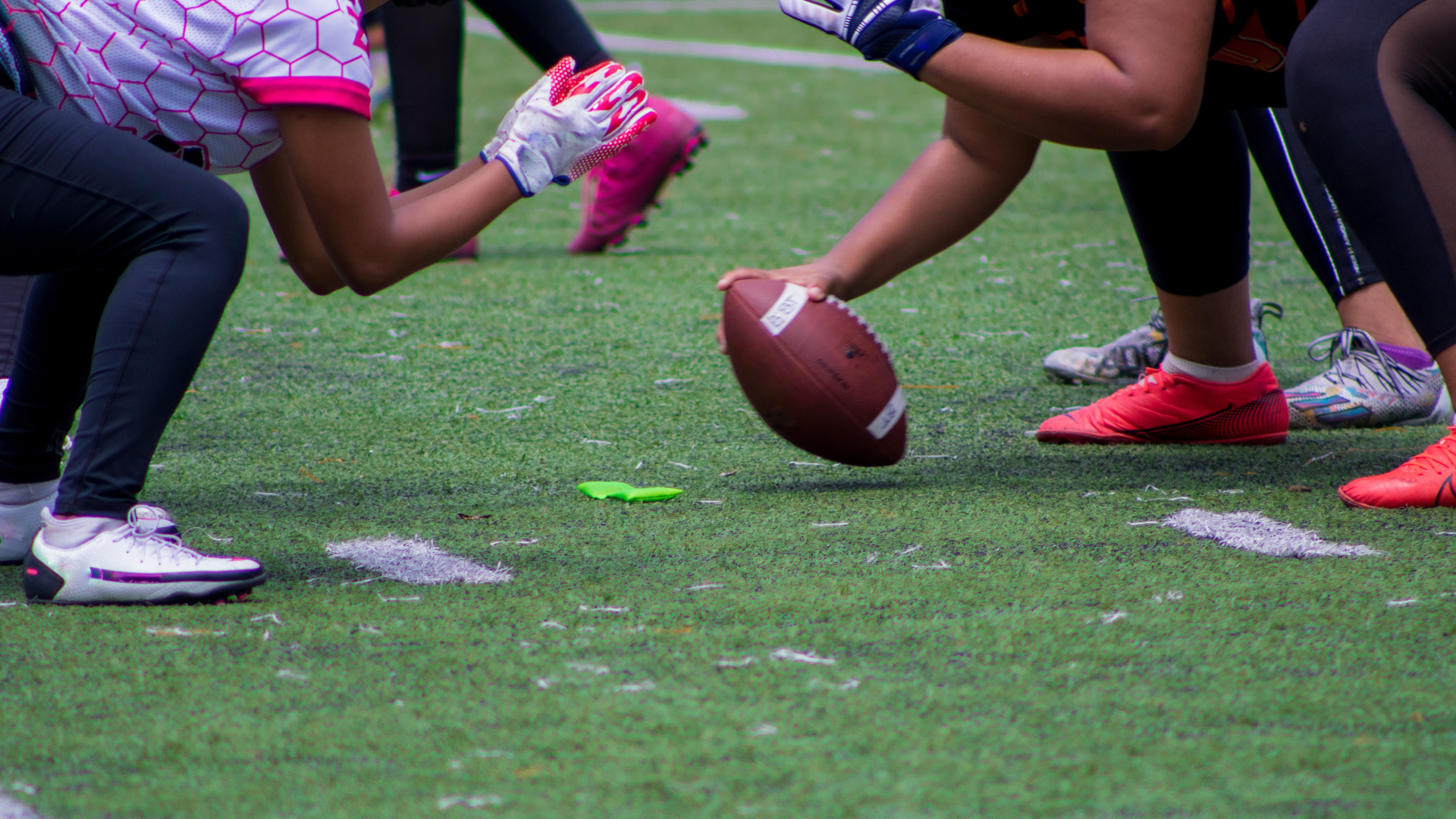Hack Beast Mode |
There are two main phases of the bodybuilding cycle: bulking and cutting.
Bulking and cutting are talked about constantly in bodybuilding, so what are they, and why are they so important?
It’s a big deal if the big players refer to them frequently, and though they sound primitive, it’s clearly important when it comes to building an impressive physique.
Bringing it back to basics, bulking and cutting is all about training yourself to eat correctly and in correlation with how you are training your body, depending on whether you are looking to put on bulk (muscle) or cut fat (shred).
We know that bulking and cutting work as they are tried and tested methods that have stood the test of time and can be applied to all fitness endeavors.
So are they right for you, and if so, what’s the best way to apply these methods?
What is bulking?

Putting it simply, bulking means putting on weight in order to build a bulky physique. This bulk is achieved by consuming a vast excess of calories in order to add weight to your muscles. It’s the muscle-building phase of your workout, and the extra calories you consume will support your muscle growth.
When bulking up, it’s important to be aware of the health implications so that you can bulk safely. When you’re creating a calorie surplus to deliberately put on weight, it adds certain stresses to your body so it’s important that you perform the bulking responsibly. When you bulk, you add more carbs and protein than you would normally in order to produce a calorie surplus. The calories are utilized to build muscle, though, of course, this won’t happen automatically.
Going up in size sounds easy enough, but if you want to increase muscle to your size, you’ll need to work out to ensure the calories are being used efficiently and produce a bulky physique. Strength training is essential to ensure you get the correct muscle-to-body fat ratio. Once you’ve bulked up to the size you’re aiming for, you will need to maintain the physique by simply adding enough calories rather than more than you need.
Related content: What is a dirty bulk (and should you do one)?
What is cutting?
Cutting is the process of lowering your fat percentage in order to get a shredded, toned body with the muscles far more visible.
Your calories burned should be higher than those you've consumed. In order to achieve this, you need to stick to a strict and healthy diet plan.
This doesn’t mean that you should go with a regular diet; instead, you should be looking at adjusting it to control your weight and maintain muscle mass. Your diet should be a calorie-deficit one as it’s important to lose surplus body fat in order for the muscles to show, and regular strength training is required in order to maintain the muscle mass.
How to bulk
Before we move on to how we bulk, it’s important to know how it works. In order to support the strenuous nature of muscle growth, the body needs plenty of calories in order to provide the fuel to power hard workouts. If you don’t have enough fuel to power your workouts, you’ll burn yourself out and won’t have the energy to see it through.
So long as your body is in an anabolic state and has enough calories to see you through the strenuous exercises required to build muscle mass, you can see the process to the end.

The building of muscle mass means that muscles will need to tear and repair to form bigger and stronger ones, and this is where you’ll also need to ensure your body consumes the proper amount of protein to ensure that this happens.
If you’re serious about bulking, you’ll need to pay strict attention to your eating to ensure you have the required surplus calories. If you consume the correct amount, you’ll have enough fuel and less chance of you becoming catabolic. If this happens, your body will be under a great deal of stress and will be running on empty, so the chances of injury are greatly increased.
In this state, the body can produce cortisol, lowering testosterone levels. So, needless to say, without the correct nutrients, you’ll do yourself more harm than good and won’t be able to build muscle mass.
Strength training will be key to the bulking process as this will tear your muscles and replace them with stronger ones. This process is called muscle protein synthesis, where your muscles repair and grow stronger. Strength training is essential for both building and maintaining muscle mass. Without it, you have a very long journey ahead of you if you’re looking to bulk up. Bodyweight exercises can help, but it will take much longer before you see the results you want to obtain.
What to eat to bulk…
There are two types of bulk- dirty bulk and clean bulk. Dirty bulking involves eating less-than-healthy food in order to supersize and obtain a bulky physique and muscle mass quickly.
This includes highly processed foods such as fried foods, sugary cereals, chips, fast food, full-fat ice cream, and processed meats like bacon, sausage, ham, salami, and pâté. High saturated fats such as Buller and margarine are also consumed during a dirty bulk, along with soft, fizzy drinks, sweet coffee and other sugary drinks. There’s no denying it works, but if you’re in this for the long haul, we’d advise against it for the sake of your health.
Consuming fatty foods on a regular basis may bulk you up more easily, and help you to look great on the outside, it will undoubtedly damage you inside. By consuming fatty foods and maintaining a poor diet, you put yourself at risk of severe diseases, including heart disease, high blood pressure, and increased cancer risks. Clean bulking may take slightly longer, but it’s worth it, as - once you’re there- you’ll be able to enjoy and maintain your new physique for the long term.
The food groups you are looking for are mainly unprocessed meats such as chicken, turkey, pork and fish. These will give you a sustained and natural protein, which your body will need to repair muscles and build muscle mass. Your calorie intake will need to be enough in order to consume more calories than you are burning. Your daily protein intake must be high. Rich protein sources to consider are cottage cheese, reduced-fat cheese, protein powders, and eggs.
You’ll also need to pack in a reasonable amount of healthy fats. These are contained in foods such as nuts, fatty fish, olive oil and seeds. Don’t overlook beans; kidney beans and chickpeas should be high on your shopping list.
Carbs are essential, and whole-grain pasta, sweet potatoes, oats, brown rice and quinoa are rich sources of carbohydrates. Pack in the vitamins and minerals through a healthy portion of fruit and vegetables. Apples, bananas, and berries should be your go-to for fruit, and your plate should be stacked high with healthy green vegetables such as broccoli, cauliflower and sprouts. Dark leafy greens such as spinach and kale are also great.
It’s also important to keep an eye on what you’re drinking during the bulking period. Fizzy, carbonated drinks are pretty much out, but water, tea, coffee and fruit juice are highly recommended.
How to exercise when bulking
Strength training is the backbone of any bulk, as you’ll need to push your body hard to create muscle mass. Cardio is also essential in order to strengthen the heart and lungs, but you won’t want to do much, especially if you find it easy to lose weight.
There are several types of strength training but two of the most popular are ascending pyramids and training to failure.
Ascending to pyramids is a method of strength training where you gradually decrease the number of repetitions you perform while increasing the weight. The focus is on heavy weights with fewer reps,

Training to failure means, rather than giving yourself a specific number of repetitions; you keep going until you can’t perform anymore. Put simply; it’s when the workload becomes too stressful for the body to the extent that it can’t produce adequate force to complete the rep.
Cardio is also important for bulking for various reasons, but primarily, it helps to increase your stamina so that you can cope with the demands of your workouts. There’s no need to go full-on cardio when you’re bulking up. Just some light cardio is all that’s required to keep you up with the demands of your training. Hard cardio routines tend to be associated with weight loss, and as bulking requires weight gain, it’s important not to overdo it.
How to cut
Cutting, or “shredding,” is the fat loss phase that is used to get you looking lean and muscular. It tends to happen a few months before a big workout routine and centres around lowering body fat while maintaining muscle mass. The weight loss diet should reduce your body fat by ensuring you consume the correct amount of protein, fat and carbs in order to retain muscle mass.

You must combine this with weight lifting and other strength training in order to maintain muscle. Cutting is often used by bodybuilders prior to a competition or as a regular part of their training.
What to eat when cutting
Eating a varied diet when cutting is important to ensure they receive essential vitamins and minerals from food. Consuming essential nutrients, which are critical for energy and recovery, is essential. Your cutting diet should center around consuming lean meat, chicken, eggs and salmon. Milk, yoghurt, and low-fat cheese should also be on your list. Bread, cereal, crackers, oatmeal, quinoa, popcorn, rice, and starchy vegetables are others to add. Fruits and grains should also be high on your list. Seeds and nuts will help to keep your energy levels high without adding to your weight. It’s also important to keep well hydrated. The diet is very similar to that of bulk, but you need to keep the calories low.
How to exercise when cutting
As you aren’t consuming as much food during the cutting phase, you won’t have as much energy to burn, so the trick is to work smarter, not harder. Strength training is important as you will need to maintain lean muscle mass while consuming fewer calories. And the more muscle mass you can gain, the less body fat you’ll retain. The harder you work, the more food you’ll be able to consume, providing it doesn’t put you in a calorie surplus.

The whole aim of the cutting phase is to lose as much body fat as you can while retaining and strengthening muscle tone. This is where strength training will come into its own. It’s important to train hard, and it’s fine to lift heavier weights.
Incorporate cardio to help your body prepare for the strains of the workouts you’re performing, and even try to incorporate some HIIT once a week. Your exercise program won’t look a great deal different to a bulking routine, the main difference will be the calories you consume.
Can you bulk and cut at the same time?
There are athletes who want to gain muscle and lose fat, and they try to bulk and cut simultaneously, but the problem comes with diet- which is the key difference between the two processes. Body recomposition is certainly possible, but the strict rule of bulking is to gain weight, and cutting is to gain weight, so you can’t really do both at the same time.
What is recommended is that you switch between the two over a period of time. Start with a bulk phase and then go for a cut. Once you’ve bulked up, you’ll have put on a reasonable amount of muscle.
You can then cut to lose the excess fat you gained during the bulking phase. In time, you’ll be able to gain muscle without excess fat, so switching between the two is a far more viable and effective option.
How long does it take to bulk or cut?
Knowing what you’re working towards and formulating a plan and workout schedule is essential. Alongside that schedule, you must have a strict dietary plan.
For bulking, it must be a calorie surplus diet, and for cutting a calorie deficit diet. It’s also essential that you decide how long it will take to reach your goal. It’s important to be realistic about it, as a rushed schedule is likely to cause injury.
How long it will take will very much depend on your current body shape e.g. if you’re already large in stature, you’ll not need to bulk up much or at all. Timewise, there’s a fairly huge difference between bulking and cutting.
Beginners will need around eight weeks to bulk up, but as you get more used to it, this can reduce to as little as four weeks.
Cutting, on the other hand, takes between 8 and 12 weeks if it’s done correctly. Studies have shown that losing a pound of body fat per week is healthy if it’s done correctly, and the more you cut, the easier it will become.
Bulk vs Cut: Which one should you do and why?

It’s all a matter of personal preference. If you want to gain muscle size and bulk up, you’ll need to follow a bulking program. For a leaner physique and reduced fat, it’s cut. The rule of thumb tends to be a bulk, followed by a cut to reduce excess fat. It’s not easy to gain muscle and lose fat at the same time, so alternating between the two is the best option.
The main difference between a bulk and a cut is diet. Bulking will require you to consume calorie-dense foods to gain weight and prepare for muscle gain. When cutting, you’ll want to consume low-calorie food to help stimulate fat loss and enable you to lose weight. Whether you start with a bulk or a cut will depend on your current body size.
Decide what it is you want to achieve before you start out.
For example, do you want to lower your body fat percentage for a lean muscular shape or a more robust physical shape?
Bulking and cutting are likely to be a regular part of your routine and something you’ll be able to do for a long time to come if you do it correctly. Keep your health at the forefront of your mind, and don’t take any unhealthy shortcuts that could lead to injury or worse. The more you bulk and cut, the more you’ll get used to the disciplines involved, and each phase will become a regular part of your bodybuilding routine.
Crazybulk’s range of cutting and bulking stacks is great for supporting you in your challenges. They're perfect if you're looking to promote rapid muscle growth. The 100% natural alternatives to steroids are hardcore bodybuilding supplements that have been designed for bulking, cutting and strength
Over 299,434 purchases
Over 509,389 bottles sold
Over 30,563,340 pills taken








